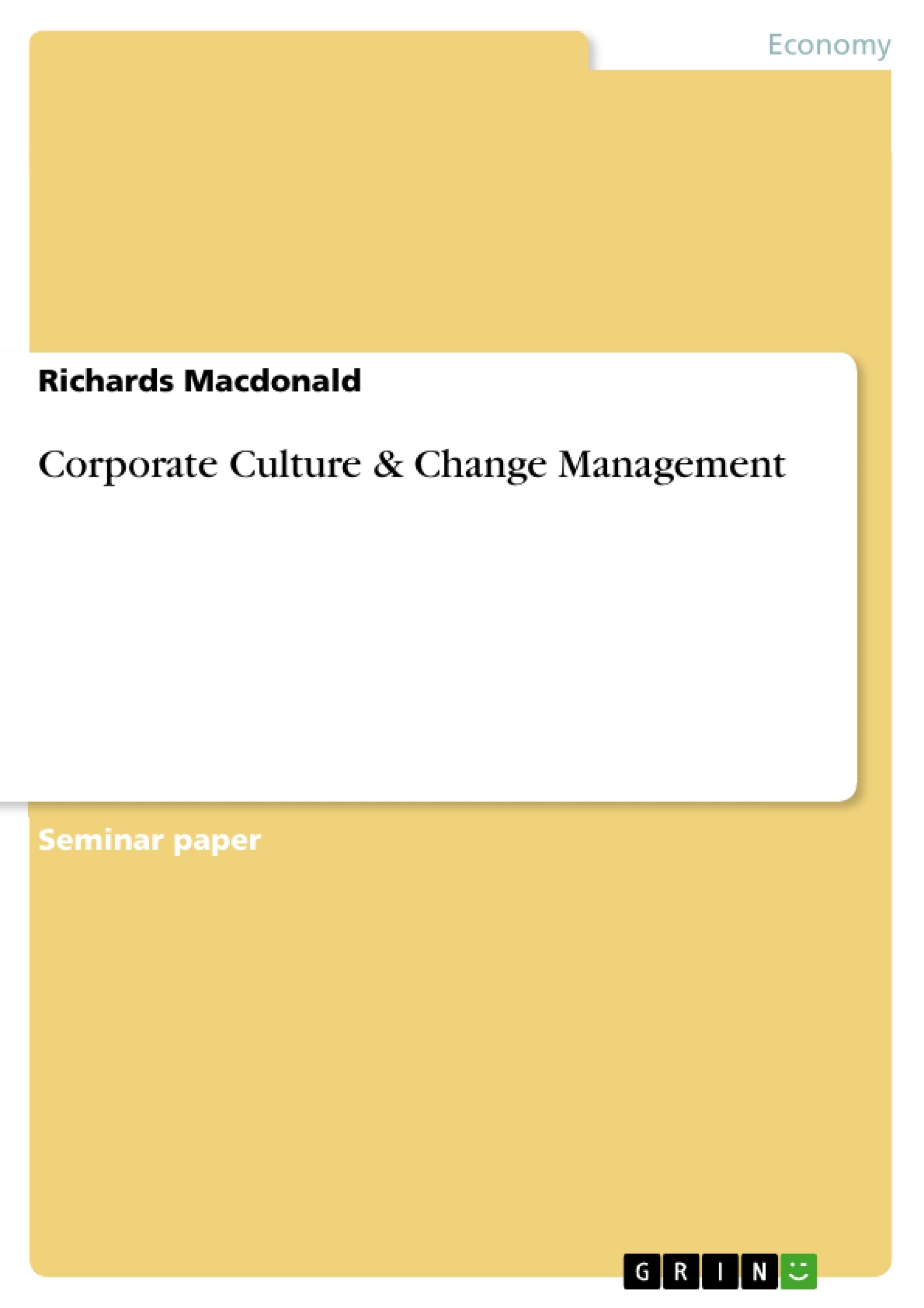Globalization, increasing technology, changing consumer tastes and changing values have all served to undermine what used to be known as “business as usual”. In today’s business environment of constant change, there is no such concept. Processes, structures, the playing field, the demographics of the target market, everything is in a constant state of change. In the past century, the business environment was fairly stable. Jobs were safe to a great extent and careers were guaranteed. Business plans only required annual adjustments and forecasting was a simple operation. Reeves & Deimier (2011) site the fact that changes in top company industry rankings increased by 12 % up from 2% between 1960 and 2008, as evidence of just how much change is happening in the business environment. Apple, Facebook, Amazon, Research In Motion, Blockbuster, and MySpace are some of the well-known organizations that have felt the impact of change (Safian, 2012). Position and scale are losing significance as companies seek to become experts at “learning how to do new things” (Reeves & Deimier, 2011, p.134).
In order to survive in the current business environment, business operators must accept and embrace change and develop a positive attitude towards it. Safian (2012) quotes Aaron Levie and puts it like this “In this world of constant change, following a single system or model is foolhardy – the companies that succeed will be nimble and ever-changing.” However, change must be managed and it must be managed consistently and strategically. Change Management, by definition, is the process of managing change. HR Magazine (December 2007, p. 1) defines change management as “the systematic approach and application of knowledge, tools and
resources to leverage the benefits of change.” Although this technique is applicable to all spheres of life, change management is particularly relevant and necessary in the corporate environment especially during times of drastic changes such as in mergers and acquisitions. Rather than
Inhaltsverzeichnis (Table of Contents)
- Background
- The Challenges of Change Management in Corporate Culture
- Types of Change
- Strategic Change
- Managing Corporate Cultures in Changing External Environments
- Shaping Corporate Culture through Change Management
- Conclusion
Zielsetzung und Themenschwerpunkte (Objectives and Key Themes)
This text explores the complexities of change management within the context of corporate culture. It examines the challenges and opportunities presented by a dynamic business environment marked by globalization, technological advancements, and shifting consumer preferences.
- The importance of adapting to a constantly changing business environment
- The role of corporate culture in fostering competitiveness and innovation
- The challenges of managing change within diverse corporate subcultures
- The impact of external forces on corporate culture and the need for effective change management strategies
- The principles and best practices for shaping and managing corporate culture in the face of change
Zusammenfassung der Kapitel (Chapter Summaries)
The first chapter, "Background," sets the stage for the discussion by highlighting the pervasive nature of change in today's business environment. It emphasizes the need for organizations to embrace change and develop a positive attitude towards it. The chapter also introduces the concept of corporate culture as a key factor in improving competitiveness.
The second chapter, "The Challenges of Change Management in Corporate Culture," delves into the difficulties inherent in managing change, particularly in the context of a static corporate culture. It explores the role of Human Resources in championing, facilitating, and demonstrating change, as well as the importance of effective communication and stakeholder engagement.
The third chapter, "Types of Change," discusses different types of change initiatives, including strategic change and changes driven by external factors. It examines the specific challenges and opportunities presented by mergers and acquisitions, highlighting the need for systematic and deliberate change management practices.
The fourth chapter, "Managing Corporate Cultures in Changing External Environments," contrasts the approach to managing change stemming from internal strategic decisions with that of managing change driven by external forces. It emphasizes the importance of management innovation and the development of core competencies.
The fifth chapter, "Shaping Corporate Culture through Change Management," examines the principles and strategies for successful change management in the context of mergers and acquisitions. It highlights the importance of aligning strategy with culture, focusing on essential behavioral changes, and harnessing the positives of existing cultures.
Schlüsselwörter (Keywords)
This text focuses on the interplay between corporate culture and change management, exploring key concepts such as organizational change, mergers and acquisitions, strategic management, innovation, core competence, and stakeholder engagement. The work emphasizes the crucial role of leadership in shaping and managing corporate culture during times of rapid change.
- Citation du texte
- Richards Macdonald (Auteur), 2012, Corporate Culture & Change Management, Munich, GRIN Verlag, https://www.grin.com/document/215740



